We always provide upfront and flat rate pricing with no over time charge at all.
Water Softener System Services
A water softener is a device for removing the hard minerals from your household water supply. Salt, or some other agent, is mixed with the water to dissolve the minerals and then these ions are removed from the softened water. This process softens hardness ions such as calcium and magnesium so they can be rinsed away in your home’s washing machine. It also produces a more stable pH level in your home’s water system. Minimizing the effects of hard minerals on clothes and skin, reducing scale in pipes and shower heads, decreasing soap scum residue on surfaces, and improving lathering of soap products.
Why use a water softener?
A water softener is a device that aims to remove the hardness minerals from your water. The result is a softer and less abrasive water, which will hopefully reduce wear and tear in your household appliances. Water with high levels of hardness minerals can lead to scale build-up on your dishwasher, washing machine, and other plumbing fixtures. This scale build-up can reduce efficiency of the appliance because it has to work harder in order to do its job. Fewer minerals also means that you’ll need to use more soap when doing laundry or dishes, which will use more detergent than necessary.
Structure of the water softener system
The internal structure of a water softener is composed of three major components: the brine tank, the resin bed, and the salt bridge. The brine tank is where the water goes to get softened. It contains a mixture of salt and water which softens the water. The resin bed is composed of many tiny beads that absorb hardness ions from the hard water and store them until they are flushed away with a fresh new batch. This process prevents their re-deposit in your pipes and appliances. The salt bridge is an important component that keeps all the other components working efficiently by providing continuous contact with fresh salt solution.
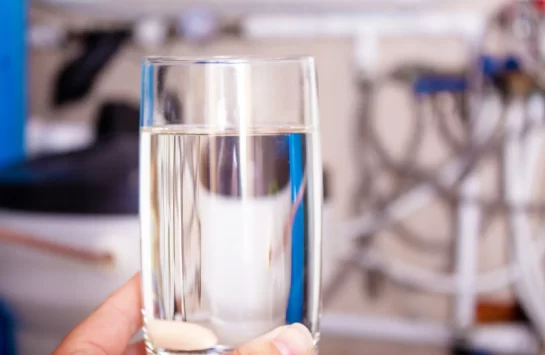
Get Water
Softener
Installation
Softener
Installation
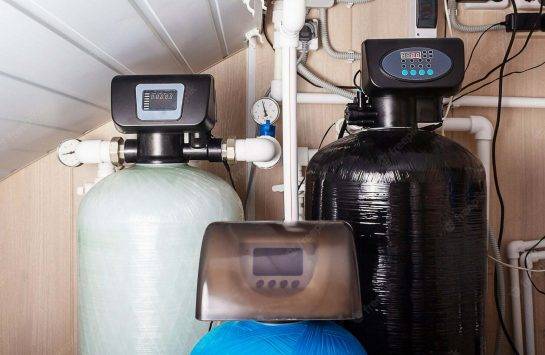
Get Water
Softener
Installation
Softener
Installation
Mechanism of a water softener
The mechanism of a water softener is based on ion exchange. When the water passes through the resin, it removes hardness minerals such as calcium and magnesium. The resin beads are then regenerated in a tank by adding salt to them. in a controlled manner.The water softening process uses water-soluble salts, such as sodium chloride, potassium chloride or magnesium sulfate, to soften the hardness of the water. In a typical system, hard water is softened by injecting salt brine into the resin beads inside of a tank where they absorb it into their structure and continue to release ions over time. This process is called ion exchange. , and can be accomplished by either pumping the softened water through a small tank of resin that has dissolved salt or a large tank of resin with a pump.The type of softening system used depends on the hardness of water supply and factors such as pipe size, pressure and complexity. For example, if the water supply is very hard for some reason, an ion exchange system might not be feasible. A brine-based process might also have to be employed in this scenario

Need Water Filter Softener Service?
Give Plumbing Solution a call for a free consultation and estimate.
what else do we offer
Additional Services
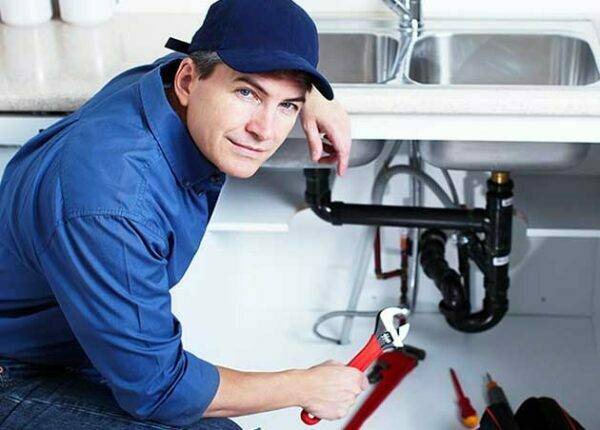
Drainage Services
Water heating is a process in which water is heated for use in various purposes. This can be done through a variety of methods and devices, including boiling, solar heating, or electric heating.
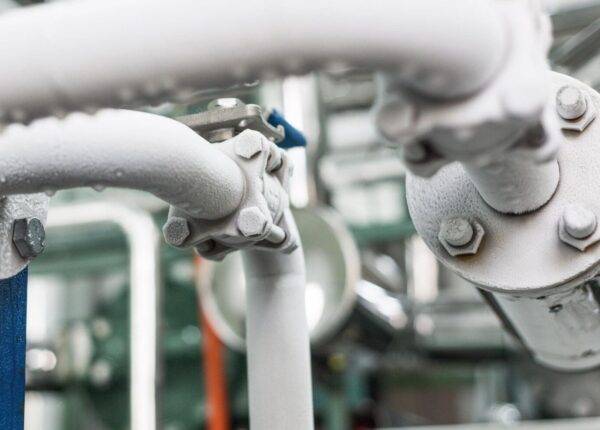
Frozen Pipes
Frozen pipes can be a big problem in winter months. They are the result of the water in the pipe freezing and expanding, causing it to burst. Frozen pipes are a common problem in colder climates. Frozen pipes, also known as ice-pipes,

Commercial Plumbing
Commercial plumbing services are specialized in the installation, repair, and maintenance of plumbing systems in commercial properties. It may be used for a building, factory, office, or any other large-scale enterprise

Residential Plumbing
Residential plumbing issues are a natural part of life. Fortunately, we can help with everything from a leaky faucet to installing new pipes in the basement. We offer a full range of plumbing services and will work with you to create an affordable Price

Water Softener
A water softener is a device that removes the hardness minerals from water. It does this by passing the water through a resin, which attracts and binds to the minerals. The softened water then flows into a storage tank and is drawn off for use in the house. water softener are very usefull

Water Heating
Water heating is a process in which water is heated for use in various purposes. This can be done through a variety of methods and devices, including boiling, solar heating, or electric heating. Water heating is the process of converting water from a liquid to a gas

Showers & Bathtubs
We are Expert in Showers & Bathtubs plumbers specialize in bathroom remodeling, custom shower installation, and more. We offer free quotes and quick turnaround time. We are licensed, bonded, and insured and have been installing showers nationwide
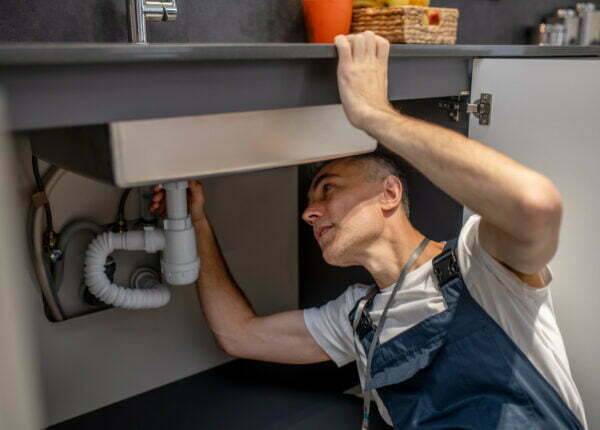
Sink Repair
The first step when it comes to sink repair is to identify the cause. This can often be determined by identifying which parts of the sink are damaged, and observing what is going on around the drain. .If the sink is leaking due to a clogged drain, this can often be remedied by using a plunger.

Toilet Installation
If you are thinking of renovating your bathroom or adding a new toilet to your house, then find out what is involved in the installation process. , as well as how much the process will cost. You may be surprised to learn that you can do many of the projects yourself

Toilet Repair
While it may be unglamorous, toilet repair is often a necessity in business and residential communities alike. You will want to take some precautions before calling a plumber, or even attempting the job yourself. Toilet repair is a service offered by plumbers to fix, replace, or install a toilet on a property.
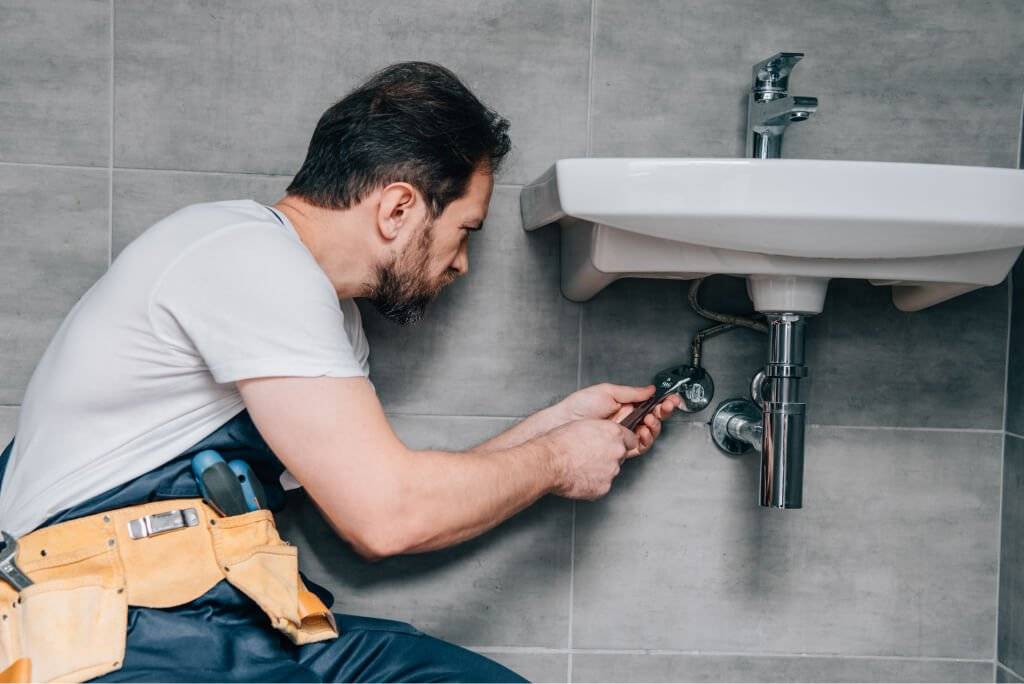
Why choose us
Because We Provide 24/7 Plumbing Service
- Never overtime charges
- Skilled, Insured and licensed
- Price estimate upfront
- Locally based and owned company
- Original spare parts guaranteed
- Flexible & convenient appointment time
- Exceptional customer service
- Original Parts and Workmanship Guaranteed
Problem Solving Skills
We address you plumbing problem more efficiently and help you get better results conveniently.
Insured & Licensed
All our plumbers are fully licensed and insured. Our quality diagnostic methods will speed up the repair.
Free Estimate Upfront
786+ Happy Customers
What our customer say

Clara Finn
Customers
★★★★★ 5/5
“I recommend plumbing service to everyone interested in running a successful online business! Absolutely wonderful!”

Bogdan Stanciu
Customers
★★★★★ 5/5
“After using plumbing service my business amazing! It’s really wonderful. It’s really wonderful. It’s all good. I Like it!”
Save your money with efficient Plumbing Solutions
We are here to provide you with the best plumbing Service in your area and also help you save your money.
Frequently Asked Questions
Soft water is great for those who want to be healthy and avoid hard water. It’s easier on the hair, skin and nails. But it can also be used to effectively remove limescale from your kettle or dishwasher!
A water softener does this by replacing the calcium and magnesium ions with sodium ions. When you buy a new water softener, it will typically come with a salt delivery system that will add either table salt or rock salt to the device in order to soften your water. The process of replacing these minerals is called “ion exchange” and it happens naturally when you use a water softener.
The process of a water softener starts when you turn on the faucet or fill up the reservoir. The water flows through the inlet valve and into a hollow, cylindrical tank called a brine tank. Inside this tank is salt, which dissolves in the water and makes its way to the bottom of the tank. Your home’s incoming fresh supply of water flows into this brine tank and mixes with it, releasing hydroxyl ions (OH-) into the mix. When these hydroxyl ions combine with calcium particles (Ca++) they form insoluble calcium hydroxide (Ca(OH)2). This reaction is called ion exchange and it happens when saltwater (or brine) chemically reacts with hard minerals found in tap water such as calcium, magnesium, iron etc., to form harmless sodium compounds
For the most part, water softeners can be either salt-based or water-based. Salt-based water softeners use sodium chloride to soften the water. On the other hand, water-based ones make use of ion exchange to remove magnesium and calcium ions.
how we work
Easier than You Can Think!
01
Contact Us
Contact Us to book appointment or request a quick price estimate for your plumbing job.
02
Fast Response
Our plumber with be the at the scheduled time or within one hour for emergency service.
03
Problem Solved
We will fix your problem and make you home healthy again with our expert plumbing services.
Request a Quote
I have been using this company for a couple of Months now and they have always provided excellent Plumbing service. I like the fact that they are available 24/7, which is really convenient

Navdeep Singh
- CustomerI would like to say that I am very satisfied with the services provided by your company. The plumber arrived on time and was very professional and polite

Doerr John
- CustomerHi, I just wanted to say that we have been very happy with your company. You were able to come out and fix the problem quickly. The technician was also very professional and friendly

Jancy
- CustomerI was very satisfied with the work that was done at my home. The technician arrived on time, and he did a great job

Devid Moroco
- CustomerI have been using this plumbing service for over a week now and I am very happy with the service. They are always on time and they do a very good job

Andrea Johnson
- CustomerI was happy with the service, they came out and fixed the problem

Maria Jackson
- CustomerThey responded quickly to my call and were able to come out the same day I called them. I would recommend them to anyone who needs a plumber.

Maria Watson
- Plumber786
Happy Clients
